Quantum computer
A computer that makes use of quantum superposition, entanglement, and other natural abilities that conventional classical computers have not been able to use, and that can perform calculations orders of magnitude faster using completely new methods. In 2019, Professor John Martinis (then at Google) and his team demonstrated quantum supremacy (that quantum computers can solve problems that no classical computer can solve in a practical amount of time) using a 53-qubit superconducting quantum processor.
Recently, a few research teams around the world built quantum computers containing tens of qubits. Currently, IBM's Eagle processor is the largest quantum computer with 127 qubits. Processors of this size (tens or few hundreds of qubits) are called medium-scale quantum computers.
GRAPE
The abbreviation of GRadient Ascent Pulse Engineering. A numerical algorithm that uses the principles of optimal control theory to find the optimal pulse to control a quantum system in a specified way.
Gate
A simple operation performed on one or two bits of information. Several recent studies have proposed improved methods (recipes) for constructing sequences of quantum operations that perform various quantum tasks. However, these recipes do not necessarily yield the shortest sequence of quantum operations.
Quantum coherence
A number between 0 and 1 that represents how much the quantum information has been degraded by device noise or other imperfections. The quantum coherence index equals 1 when the information is first input into the quantum processor and is still intact. If the quantum coherence index is equal to zero, it means that the original information is completely lost.
One of the biggest issues that need to be addressed in the further development of quantum computers is how to cope with the gradual loss of information (the inability to maintain a coherent quantum state) caused by the noise inside the computer.
Probabilistic approach
A computational method that randomly tries possible solutions and may succeed or fail. If there are many solutions, probabilistic methods may perform better than methods that analyze all possible solutions.
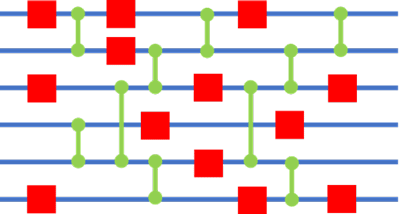
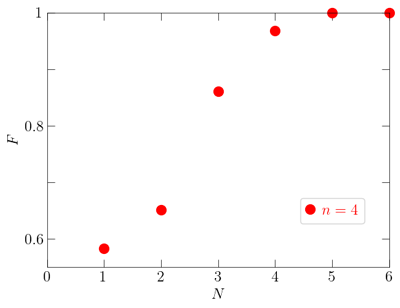
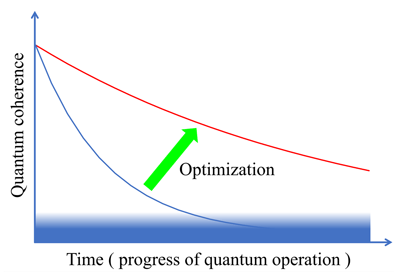
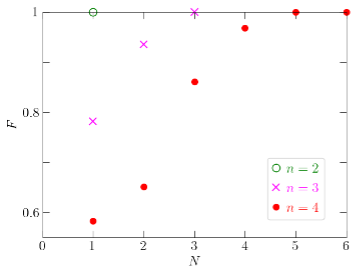
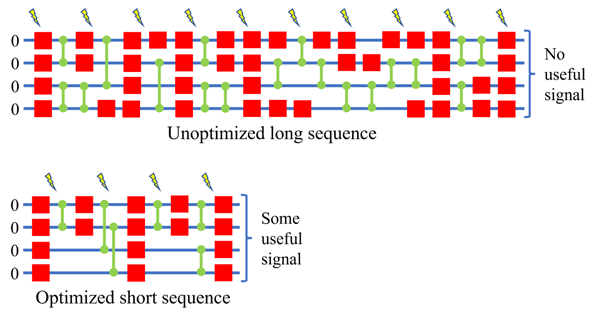
 nict.go.jp
nict.go.jp